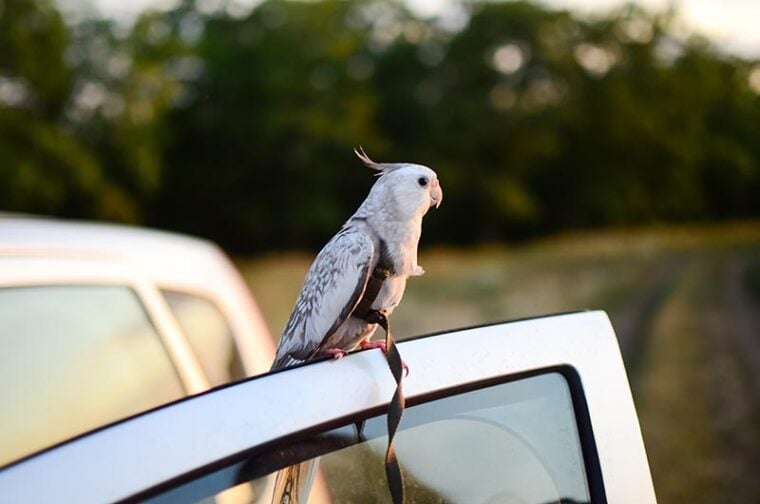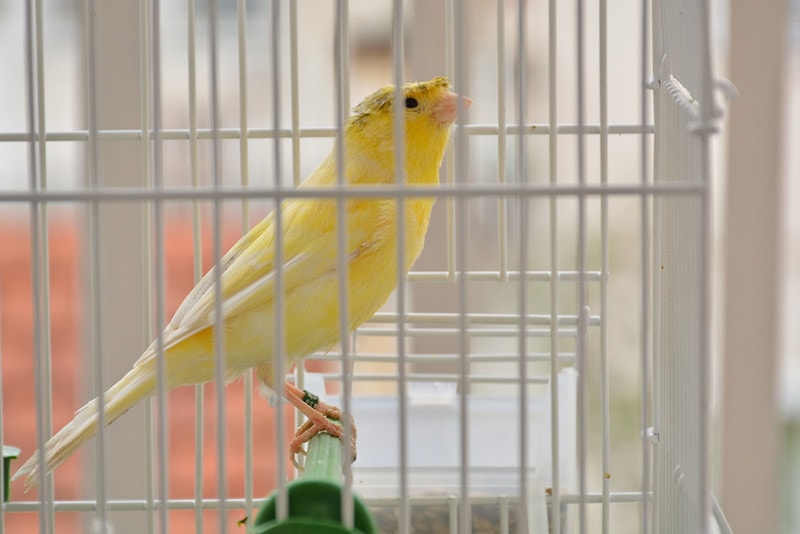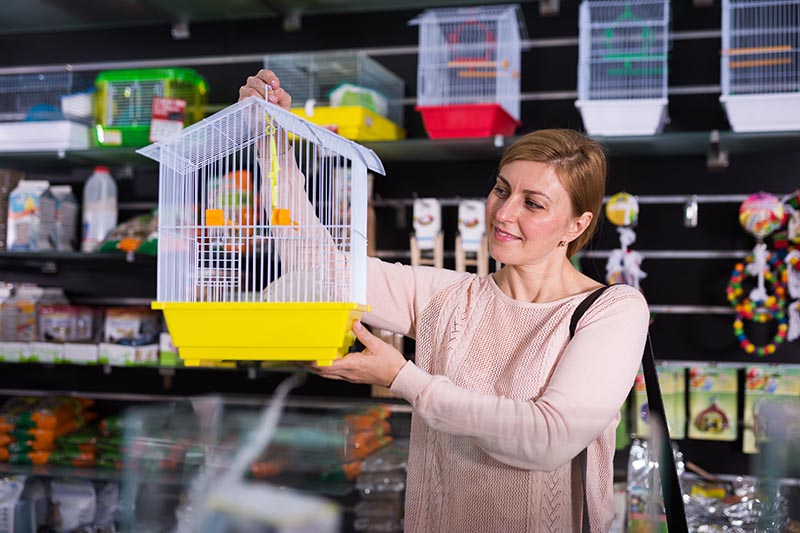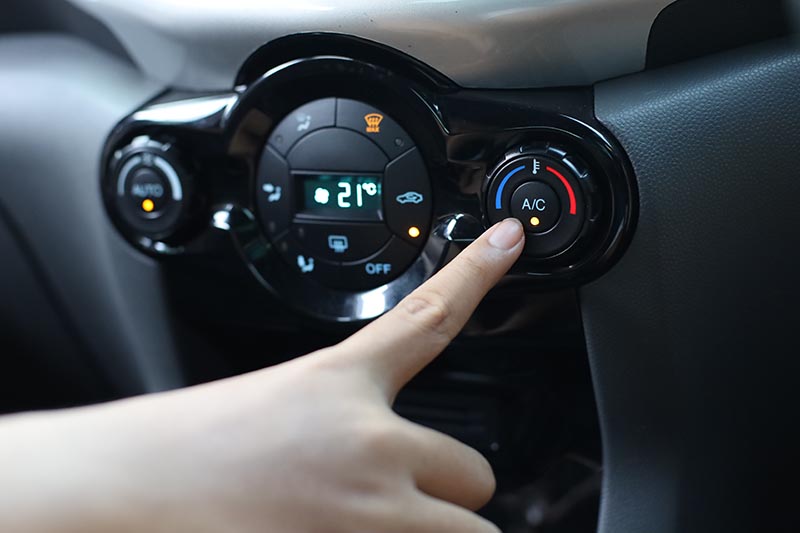
Taking a road trip with your bird isn’t at the top of most people’s to-do lists, but there may come a time when you don’t have a choice. If you are going on a trip with your bird in tow, you must do all you can to make the drive comfortable and safe for your pet. It may take a little extra time and effort, but your bird’s comfort is more than worth it.
Read on to find our guide on traveling safely with your pet bird.
Before You Go: Choose the Right Travel Carrier Style
There are many different styles of travel carriers for birds, each with its own pros and cons. Additionally, not all kinds will suit every bird species. The most common types of travel cages for birds you’ll find include:
Some bird carriers are made of metal. These are generally not recommended, unless you are absolutely certain about which metal was used to construct the carrier. Undamaged, nickel-plated metals are usually safe for use around parrots. Steel and wrought iron rust easily, making them unsafe for parrots and not a good long term investment. Chrome may contain zinc, which is poisonous for many parrot species. Brass and copper carriers aren’t ideal for parrots either. Though songbirds are less likely to gnaw on the wires of a carrier, metal carriers are still considered risky for these birds too and are best if avoided whenever possible.
You might also consider investing in a car seat designed for birds. The FeatherSmart car seat is one of our favorites, as it allows your pet to sit beside you comfortably and safely. This is best for well-trained birds you can trust won’t fly around the car if they’re not restrained.

When shopping for the perfect travel cage, keep the following in mind:
Size. The cage will be smaller than your bird’s at-home cage because it must be light and easily transported. Smaller carriers are ideal anyway because they’ll help prevent injuries that your bird may incur if it were to get tossed around during travel. However, it still needs to be big enough that your bird can stretch their wings without being restricted. It must also have a secure and sturdy bird-safe perch of a circumference appropriate for your pet bird species.
Hard vs soft-sided. Soft-sided carriers are easier to transport as they’re lightweight and collapse easily for storage. However, if your bird likes to chew on things, this probably isn’t the best option. Hard-sided carriers are typically made of plastic, which can make them bulky and heavier.
Travel distance. Long journeys may make larger carriers more necessary as you can put in multiple perches and food and water bowls. If you’re looking for a carrier to take your bird down the street to the vet, a smaller size should suffice.
Durability. If you have a bigger bird, such as a Cockatoo, your travel carrier needs to be built to withstand its strong beak. You’ll want stronger materials like metal or acrylic versus a soft-sided carrier or backpack.
Ventilation. Choose a carrier with the appropriate amount of ventilation. Depending on the style you choose, ventilation can look like mesh screens or wire bars.
The 9 Tips for Safely Traveling With a Pet Bird
1. Prep the Carrier

Once you have purchased the right carrier for your bird, you can begin prepping it. Things can shift around in your bird’s carrier during travel, so take some time to set it up to ensure it’s safe. Remove any swings, toys, or items that can shift during transport. Properly secure all the carrier’s openings for your bird’s safety.
2. Acclimate Your Bird to Their Carrier
If you’re going on a long trip with your bird, the sooner you can get them accustomed to being in a car in a travel cage, the better. The goal is to have your pet feel as at home in their carriers as soon as possible to keep stress levels down as you travel.
You mustn’t force them into the cage for these test drives, as you don’t want your bird to associate the carrier with stress and fear. Instead, introduce the cage to your bird during playtime and let them check it out on their own accord.
Once your bird has had a chance to acclimate themselves with the carrier in a safe environment, you can encourage them to enter the cage on their own by using treats as bribes. This will help your bird associate the carrier with positive (and yummy) things.
3. Take Test Drives
You don’t want your bird’s first time in a vehicle to be the day you embark on your trip. Get them used to being in cars by taking them for test drives in the weeks before your departure.
Start slowly by sitting in the running car with your bird in their carrier for a few minutes. Once you know your bird is comfortable being in a running car, take short trips around the block, working your way up to longer drives.
4. Go to the Vet Before Departure
Take your bird for a vet check-up before traveling. Your vet will examine your bird and give you a thumbs up if it’s healthy to travel. If you’re traveling out of the country, you may need the vet to fill out a health certificate stating your pet is safe to enter.
They may also provide further suggestions that will help ease your pet’s travel anxiety, such as supplements to combat stress. We recommend visiting the vet about 2-3 months before you leave to give your bird plenty of time to get used to any medications or supplements your vet recommends.
5. Keep the Temperature Comfortable

Birds can be sensitive to temperature shifts, so do your best to keep the temperature stable in your vehicle. Aim to keep it around the same temperature as your bird’s room.
If you’re traveling in cold weather, pre-warm your vehicle and use a towel to cover up your carrier whenever exposing your bird to the elements.
If traveling in warm weather, cool the car before introducing your bird.
Don’t allow your air conditioning or heating vents to blow directly onto the carrier. Drafts can make your bird sick, especially if they cannot move around to escape them.
6. Never Leave Your Bird Unattended
Never leave your bird in your vehicle alone. Not only can this put your pet at risk of being stolen, but in warm or cold temperatures, it could also put their health at risk.
7. Strap the Carrier In
It’s not enough to place your bird in their carrier and set it on your car seat. A small bump could cause the cage to fly across your vehicle, hurting your bird. To ensure your pet is as snug and safe as possible, use your car’s seat belts to secure the carrier in its place.
8. Pack a Bird Car Kit

Pack all your essentials in a convenient kit you can have on hand during your travels. Buy a plastic tub or use a grocery bag to keep your bird’s essentials in one place. This will include things such as food and water dishes, food, water bottles, wipes for cleaning up messes, and travel toys.
As mentioned above, we don’t recommend traveling with the toys installed in your bird’s carrier, as they can be a hazard while traveling.
We also recommend bringing along your bird’s health certificate, an up-to-date photo, and a record of their leg band number.
9. Plan for Breaks
As much as you might want to try to reach your destination in one go, we highly recommend that you plan to take breaks. Breaks during long drives are good for you and allow you to check on your bird to see how they are doing. This also allows you to refresh your bird’s water and food dishes if you’re leaving them in the carrier or offer food and water if you’re not.
Can Birds Get Car Sick?
Birds can get car sick, and unfortunately, there is often little to no warning. However, younger birds seem to be more likely to get car sick than older adults.
You can do several things to prevent your pet from becoming car sick.
If you’re going on a short trip, try not feeding your pet before leaving or while en route. Car sickness causes nausea, which can be worse for birds with a full crop. If your trip will be long, offer your bird food during a break and give them around 30 minutes after eating before restarting your journey.
Try covering the car windows your bird can see out of. If this isn’t possible, use a blanket to cover the part of the carrier that’s allowing your pet visual access to the windows. Remember not to cover the entire cage, as this may restrict air flow to the cage.
Conclusion
Car travel can be extremely stressful for your bird, but if you use all our tips above and give yourself plenty of time to acclimate your feathered friend to its carrier, things should go more smoothly. If you (and your bird) are traumatized from a particularly bad trip in the past, ask your vet about medications you can administer to your pet to make the upcoming drive a little more manageable.
Featured Image Credit: Daria_vg, Shutterstock









